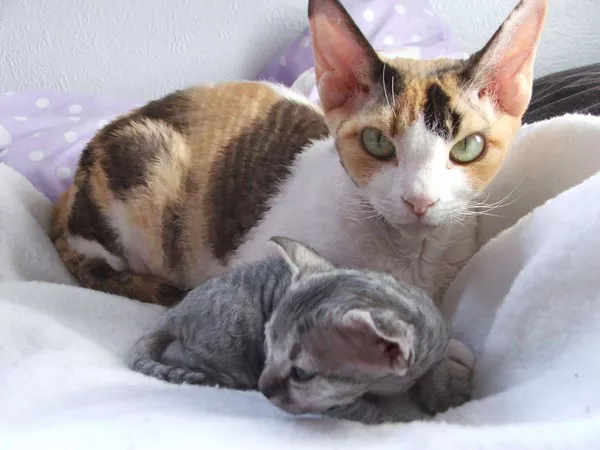The decision to breed a cat is not one to be taken lightly. Responsible cat breeding involves careful consideration of the cat’s health, age, and overall well-being. The question often arises: How many times can I breed my cat? In this article, we explore the complexities of feline breeding, addressing the factors that influence the frequency of breeding and emphasizing the importance of responsible practices.
Understanding the Feline Reproductive Cycle:
Cats, known for their independent nature, have a reproductive cycle influenced by various factors, including environmental conditions and the presence of a mate. Female cats, also known as queens, experience heat cycles during which they are receptive to mating. These cycles can vary in duration and occur multiple times throughout the breeding season.
1. Age of the Cat:
The age of the cat plays a crucial role in determining how often she can safely and responsibly breed.
Younger cats may experience more frequent heat cycles, while older cats may have longer intervals between cycles.
2. Health Considerations:
The overall health of the cat is a paramount consideration in determining the frequency of breeding.
Cats in optimal health are better equipped to handle the physical demands of pregnancy and nursing.
3. Recovery Period:
After giving birth, a queen requires time to recover physically and emotionally before entering another breeding cycle.
Responsible breeders prioritize the well-being of the cat, allowing sufficient time between litters.
Factors Influencing Breeding Frequency:
1. Breed Characteristics:
Different cat breeds may have varying reproductive characteristics.
Some breeds may be more prolific in terms of the number of kittens per litter, influencing the decision on how frequently to breed.
2. Breeding Purpose:
The purpose of breeding significantly influences the frequency.
Breeders focusing on preserving a rare breed may have different breeding intervals compared to those breeding for competitions or pet ownership.
3. Ethical Considerations:
Responsible breeding practices prioritize the welfare of the cats.
Breeding solely for financial gain without considering the health and well-being of the cats is generally discouraged.
The Impact of Overbreeding:
Overbreeding poses significant risks to the health and welfare of the cat. Continuous breeding without adequate intervals can lead to physical exhaustion, nutritional deficiencies, and an increased likelihood of complications during pregnancy and birth. Additionally, overbreeding contributes to the problem of cat overpopulation, resulting in homeless cats and overcrowded shelters.
1. Physical Exhaustion:
The physical toll of pregnancy, birth, and nursing can lead to exhaustion, affecting the overall health of the cat.
Cats subjected to frequent breeding may experience a decline in reproductive health.
2. Nutritional Demands:
Pregnancy and nursing impose increased nutritional demands on the queen.
Overbreeding can lead to nutritional deficiencies, affecting both the mother and the health of the kittens.
3. Complications During Birth:
Continuous breeding increases the risk of complications during birth, such as dystocia (difficulty giving birth).
Complications can jeopardize the health of the mother and the survival of the kittens.
The Role of Responsible Ownership:
Responsible cat ownership extends beyond providing food, shelter, and veterinary care. It involves a commitment to the overall well-being of the cat, including thoughtful considerations regarding breeding frequency.
1. Spaying and Neutering:
Spaying (for females) and neutering (for males) are common procedures that prevent unplanned litters and contribute to population control.
Many animal welfare organizations advocate for spaying and neutering to address the issue of cat overpopulation.
2. Consultation with a Veterinarian:
Before deciding on the frequency of breeding, consult with a veterinarian to assess the health of the cat.
Veterinarians can provide guidance on breeding practices that prioritize the long-term welfare of the cat.
3. Responsible Breeding Practices:
If the decision to breed is made, adhere to responsible breeding practices.
Consider factors such as age, health, and recovery time between litters to ensure the well-being of the cat.
Conclusion
While the desire to experience the joy of raising a litter of kittens is understandable, it must be balanced with a deep commitment to responsible and ethical breeding practices. Understanding the factors that influence how many times a cat can be bred is essential for the overall health and welfare of the cat and the kittens. Responsible ownership, consultation with a veterinarian, and a dedication to the long-term well-being of the cat guide the path towards fostering a positive and ethical breeding experience.
























